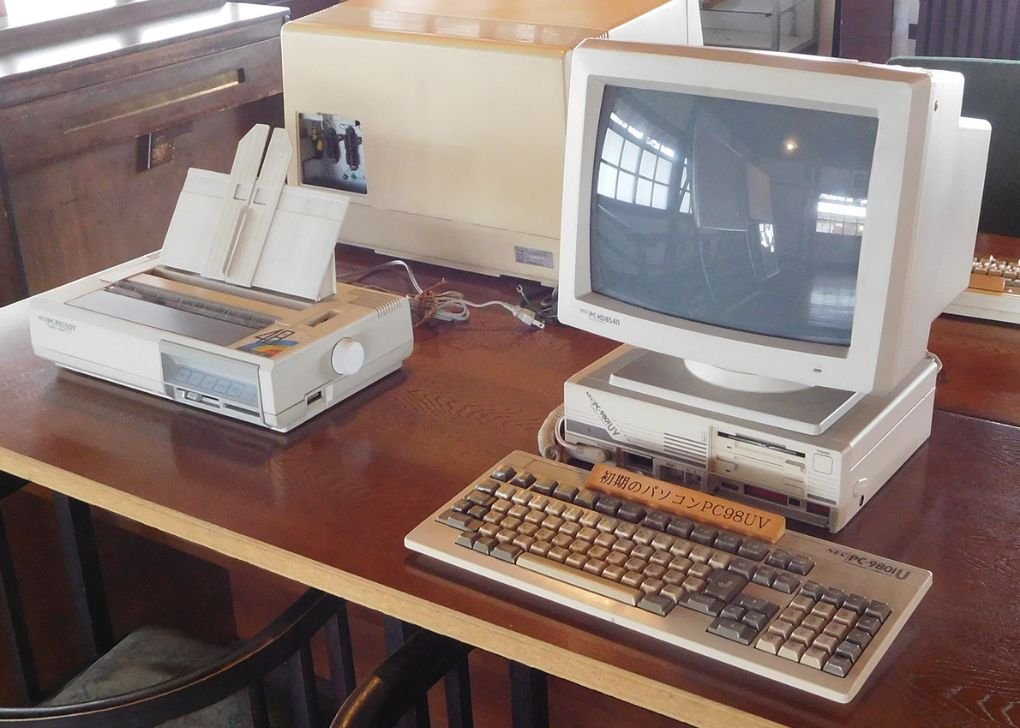The rapid evolution of technology has revolutionized the way we interact with the world, with electronic devices playing an increasingly important role in our daily lives. While electronic devices like laptops, desktops, and smartphones have transformed the way we work, communicate, and entertain ourselves, one question that arises frequently is how long these devices last. In this article, we explore the lifespan of laptops and compare them to that of desktop computers and other electronic devices.
Understanding the lifespan of electronic devices
The lifespan of electronic devices is determined by several factors, including their design, build quality, usage, and maintenance. In general, electronic devices tend to have a shorter lifespan than other durable goods like automobiles or home appliances, primarily due to the rapid pace of technological advancement and obsolescence.
Electronic devices are also vulnerable to physical wear and tear, such as overheating, drops, and water damage, which can shorten their lifespan. In addition, electronic devices may become obsolete due to changes in software or hardware requirements, leading to decreased performance and functionality over time. As a result, electronic devices have a limited lifespan, and their lifespan can vary significantly based on the device type, usage patterns, and maintenance practices.
Comparing the lifespan of laptops and desktop computers
Laptops and desktop computers are the two primary types of personal computers used for work and personal computing. While both laptops and desktop computers share many similarities in terms of functionality, design, and components, they also differ significantly in terms of their lifespan.
Lifespan of laptops
Laptops are highly portable and versatile devices that allow users to work or entertain themselves from anywhere, anytime. However, due to their compact and lightweight design, laptops tend to have a shorter lifespan than desktop computers. On average, a laptop’s lifespan can range from 3 to 5 years, depending on usage patterns and maintenance practices.
One of the primary factors that contribute to the shorter lifespan of laptops is their design. Laptops are designed to be highly portable and compact, which means that their components are smaller and more tightly packed than those of desktop computers. This makes laptops more vulnerable to physical damage from drops, spills, and overheating, which can shorten their lifespan significantly.
In addition, the batteries used in laptops tend to have a limited lifespan and can degrade over time, leading to decreased battery life and performance. This means that users may need to replace their laptop batteries after a few years of use, further shortening the lifespan of the device.
The lifespan of desktop computers
Desktop computers are larger and less portable than laptops, but they also tend to have a longer lifespan. On average, a desktop computer can last anywhere from 5 to 7 years or even longer, depending on usage patterns and maintenance practices.
One of the primary factors that contribute to the longer lifespan of desktop computers is their design. Desktop computers are larger and more spacious than laptops, which means that their components are less tightly packed, and there is more room for airflow and cooling. This reduces the risk of overheating and physical damage to the components, which can prolong the lifespan of the device significantly.
In addition, desktop computers tend to have more upgradeable components than laptops, which means that users can easily replace or upgrade individual components to extend the lifespan of the device. For example, users can replace the hard drive, RAM, or graphics card on a desktop computer, which can significantly improve its performance and lifespan.
The lifespan of other electronic devices
Apart from laptops and desktop computers, there are many other electronic devices that we use in our daily lives, such as smartphones, tablets, and televisions. Each of these devices has a unique design and lifespan, which can vary significantly based on usage patterns and maintenance practices.
Lifespan of smartphones
Smartphones are one of the most widely used electronic devices, with users relying on them for communication, entertainment, and productivity. On average, a smartphone’s lifespan is around 2 to 3 years, although this can vary depending on usage patterns and maintenance practices.
One of the primary factors that contribute to the shorter lifespan of smartphones is the rapid pace of technological advancement. With new models and features being released every year, users may feel the need to upgrade their devices to keep up with the latest trends and advancements. This can lead to increased electronic waste and a shorter lifespan for individual devices.
In addition, smartphones are highly vulnerable to physical damage, such as drops, spills, and scratches, which can significantly shorten their lifespan. The batteries used in smartphones also tend to have a limited lifespan, with users often needing to replace their batteries after a few years of use.
Lifespan of tablets
Tablets are similar to smartphones in terms of functionality and design but tend to have a longer lifespan due to their larger size and more robust components. On average, a tablet’s lifespan can range from 3 to 5 years, depending on usage patterns and maintenance practices.
Like smartphones, tablets are vulnerable to physical damage and may require battery replacements over time. However, due to their larger size, tablets tend to be more durable than smartphones and may have a longer lifespan as a result.
Lifespan of televisions
Televisions are a staple of modern entertainment, with users relying on them for streaming, gaming, and watching movies and TV shows. On average, a television’s lifespan can range from 5 to 10 years, depending on usage patterns and maintenance practices.
One of the primary factors that contribute to the lifespan of televisions is their build quality. High-end televisions tend to have more robust components and better build quality than budget models, which can significantly impact their lifespan.
In addition, the lifespan of television can vary depending on the type of display technology used. For example, plasma televisions tend to have a shorter lifespan than LCD or LED televisions, with users needing to replace them after around 5 to 7 years of use.
Conclusion
The lifespan of electronic devices, such as laptops, desktop computers, smartphones, tablets, and televisions, can vary significantly based on their design, usage patterns, and maintenance practices. If you are wondering how long do Laptops last or desktop computers tend to have a longer lifespan than smartphones and tablets due to their more robust components and less frequent upgrades.


